
The 1980s, often called “the Eighties,” was a truly wild ride, a decade spanning January 1, 1980, to December 31, 1989. It was a time of shoulder pads and big hair, yes, but also a period of monumental shifts that reshaped our world in ways we’re still grappling with today. From the political arena to groundbreaking scientific labs and even our living rooms, the 80s delivered a relentless stream of events that were sometimes exhilarating, often terrifying, and always, always significant.
This decade wasn’t just about fashion and music; it was a crucible where conservatism and free market economics gained dominance, technology took giant leaps forward, and geopolitical tensions danced on the brink before a dramatic easing. It was a world waking up to global warming and confronting a devastating new disease, all while witnessing widespread conflicts and inspiring movements for democracy. So, buckle up, because we’re diving into 14 of the most defining moments and transformations of the 1980s – events that painted the vivid, complex tapestry of a decade that truly changed everything.

1. **The Cold War’s Fiery Climax and Unexpected Thaw**The 1980s opened with the Cold War intensifying. The US-Soviet confrontation escalated rapidly as President Reagan abandoned détente for a more aggressive stance. This brought the world perilously close to nuclear war, a tension underscored by mass protests against intermediate-range missile deployment in Western Europe. It was a period of profound global anxiety.
However, the decade’s latter half saw a dramatic easing. Mikhail Gorbachev, Soviet leader from 1985, initiated “glasnost” and “perestroika.” These reforms reduced Communist Party power, legalized dissent, and introduced limited capitalism, signaling a new direction for the Soviet Union.
Gorbachev actively pursued negotiation with the United States to de-escalate tensions and ultimately end the Cold War. By 1988, relations between the communist and capitalist blocs had significantly improved, paving the way for the Cold War’s conclusion in the early 1990s. This transformation remains one of the decade’s most defining developments.

2. **The Rise of Free Market Economics: Reagan, Thatcher, and Global Shifts**The 1980s were largely defined by the powerful rise of conservatism and free market economics. Leaders like Ronald Reagan in the US and Margaret Thatcher in the UK championed this shift, pursuing supply-side economic policies. This marked a significant departure from the economic norms of the 1970s and began a trend towards global instability in international trade.
Prime Minister Thatcher introduced widespread reforms, including privatization of industries and deregulation of stock markets, mirroring Reagan’s initiatives. Simultaneously, economic deconstruction in the developed world spurred multinational manufacturing corporations to relocate to countries like Thailand, Mexico, South Korea, Taiwan, and China. This profoundly reshaped the global economic landscape.
These right-wing economic policies gained further strength with the eventual fall of the USSR, solidifying a worldwide move towards laissez-faire capitalism. Countries like Japan and West Germany experienced substantial economic growth. The ripple effects of this foundational shift touched individuals and corporations globally, defining a generation’s financial realities.

3. **A Decade of Digital Dawn: Personal Computers, the Internet, and Gaming**Beneath the vibrant pop culture of the 80s, a quiet digital revolution was underway, fundamentally transforming how we interact with technology. This decade brought significant advances in digital tech, laying the groundwork for our hyper-connected world. Home computers moved from specialized tools to commonplace household items, making technology more accessible.
The 1981 IBM Personal Computer created a massive market for compatibles, setting a new industry standard. Apple’s Macintosh, released in 1984, popularized the intuitive WIMP style of interaction. Concurrently, the global internet began taking shape in academia by the late 80s, alongside networks like USENET and Fidonet. By 1989, it evolved into a global system, with Tim Berners-Lee formalizing the World Wide Web concept.
The 80s was also a golden era for video games. The Atari Video Computer System was initially widespread. After the 1983 video game crash, the Nintendo Entertainment System (NES) revived the console market. By 1989, the hand-held Game Boy launched. Super Mario Bros., Tetris, and Pac-Man became household names. These innovations were more than entertainment; they were clear harbingers of the digital future.
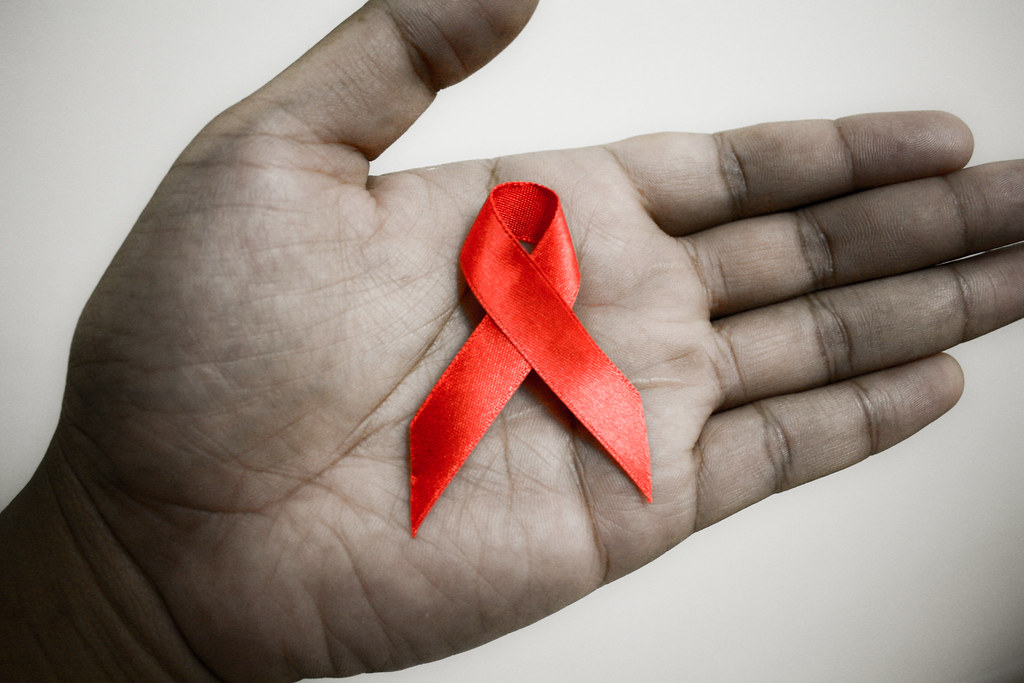
4. **The Shadow of AIDS: A Global Health Crisis Emerges**Amidst the decade’s political and technological shifts, a chilling new reality emerged: the AIDS epidemic. This global pandemic, first identified in 1981, has since tragically killed an estimated 40.4 million people. Its recognition marked a profound turning point in public health, unleashing immense suffering, fear, and a desperate global race for understanding.
Initially shrouded in mystery and profound stigma, HIV/AIDS quickly became a pressing worldwide concern. Its rapid spread and devastating impact prompted urgent international efforts to address and contain it, though effective treatments and widespread public awareness developed slowly. This crisis challenged societal norms, ethical considerations, and existing healthcare systems.
The AIDS epidemic brought profound social and cultural consequences. It instigated significant shifts in public discourse around health, uality, and community engagement. It also highlighted healthcare disparities and ignited powerful activism, galvanizing movements for research, support, and advocacy that continue today. The 80s witnessed the dawning of this enormous public health crisis.
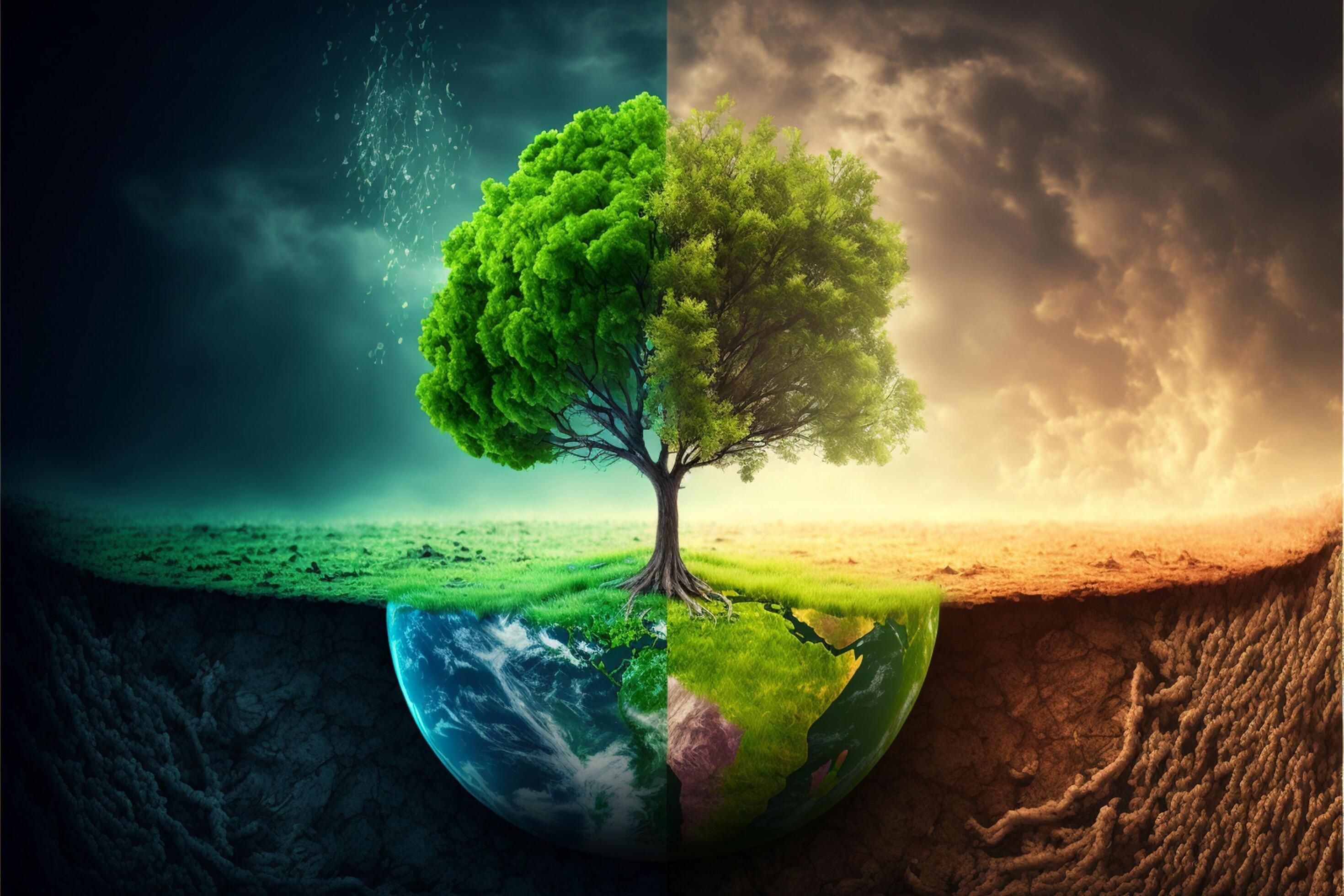
5. **Environmental Alarms: Chernobyl, Bhopal, and Global Warming Awareness**The 1980s starkly reminded humanity of its environmental impact, marked by devastating catastrophes and growing awareness of long-term ecological threats. Pollution and ecological problems were persistent issues. Two events, the Chernobyl disaster and the Bhopal gas leak, particularly seared themselves into global consciousness, confronting the world with industrial and technological risks.
On April 26, 1986, the Chernobyl disaster in the Ukrainian SSR involved a large-scale nuclear meltdown. This catastrophic event released vast radioactive material across Europe, directly killing 47 people, causing future cancers, and displacing 300,000. Just two years prior, in 1984, the Bhopal disaster in India involved a toxic methyl isocyanate (MIC) gas leak, killing 3,000 immediately and ultimately 15,000–20,000 lives.
Beyond these immediate tragedies, the 1980s marked a crucial turning point in understanding global warming. The theory spread within scientific and political communities, as scientists articulated human activity’s profound climate implications. This moved the critical issue into mainstream awareness, initiating a global conversation that continues to shape environmental policy and public discourse today.
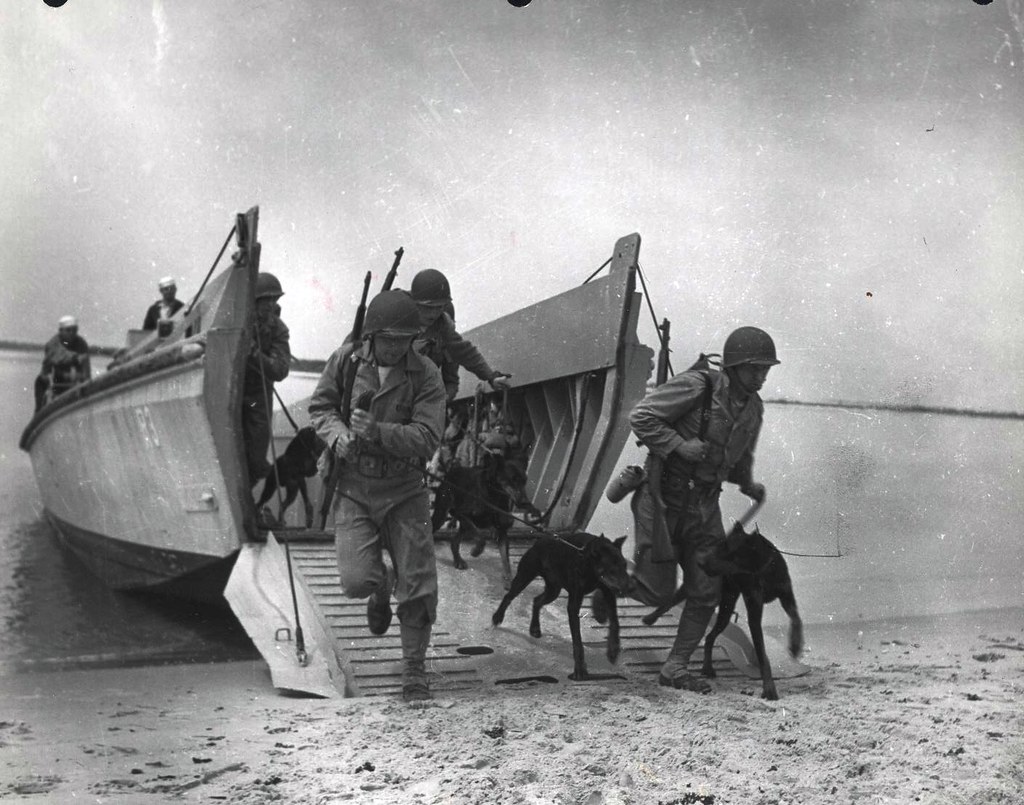
6. **Wars and Conflicts: A World in Tumult**Despite aspirations for peace, the 1980s were unfortunately defined by a continuous string of wars and armed conflicts across the globe. From major international showdowns to brutal civil wars, violence relentlessly shaped the destinies of countless nations and millions of people, a sobering testament to ongoing struggles for power and ideology.
Prominent international conflicts included the Iran–Iraq War (1980–1988), which claimed over one million lives and cost $1 trillion, with accusations of chemical weapon use. The Soviet–Afghan War (1979–1989) resulted in over 2 million deaths. Other significant international clashes were the Falklands War (1982), the Invasion of Grenada (1983), and the 1982 Lebanon War.
Internal conflicts were equally devastating. The Salvadoran Civil War peaked, causing 70,000 deaths. Africa suffered from the Angolan Civil War and the Ethiopian Civil War, the latter exacerbating widespread famine. The Second Sudanese Civil War erupted in 1983, while Northern Ireland continued to experience the Troubles. This turbulent decade served as a stark reminder of a complex, often violent geopolitical landscape.
Read more about: Unpacking America: 14 Mind-Blowing Facts About the USA You Absolutely Need to Know!
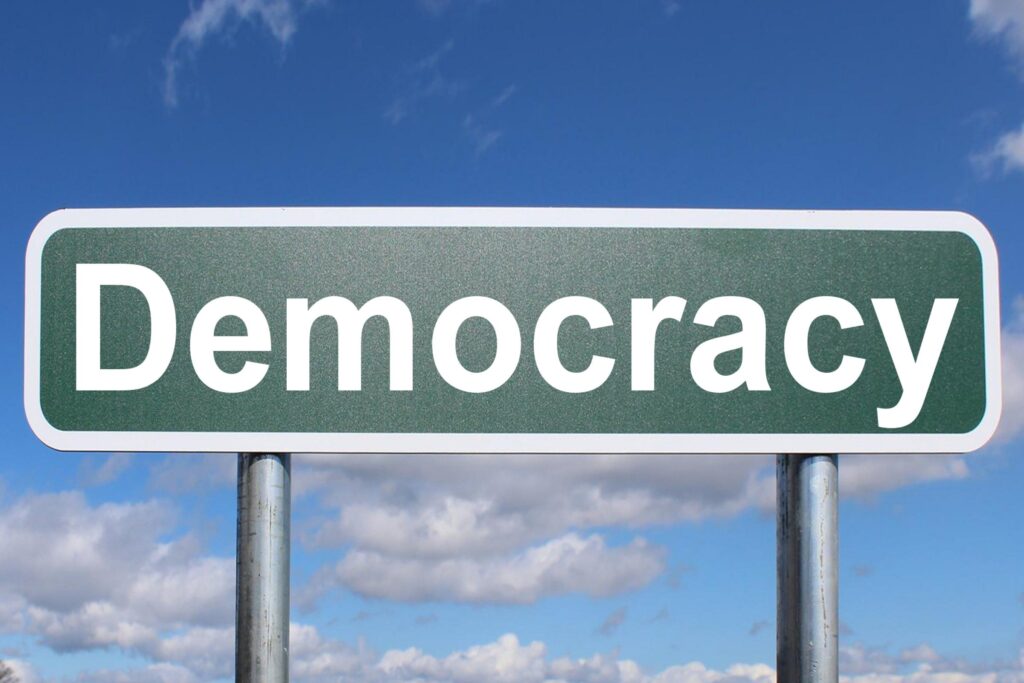
7. **Waves of Democratization: From Latin America to Asia and Eastern Europe**Amidst geopolitical tensions, the 1980s also witnessed powerful and inspiring waves of democratization across various regions. These movements challenged authoritarian regimes and ushered in new eras of freedom, a testament to the persistent human desire for self-determination. The shifts, though not always peaceful, fundamentally altered the world’s political map.
In the Americas, military dictatorships began to crumble. Argentina (1983), Uruguay (1984–85), Brazil (1985–1988), and Chile (1988–89) transitioned to democracy, ending decades of repressive rule. The US also took military action against Panama in December 1989 to overthrow dictator Manuel Noriega, restoring democratic governance. These changes signaled a powerful regional trend towards more open systems.
Asia also experienced significant democratic breakthroughs. In the Philippines, President Ferdinand Marcos was replaced by Corazon Aquino through the “People Power Revolution” (1986). South Korea’s June Democratic Struggle (1987) led to democratic reforms and its first democratic elections. In Eastern Europe, populations grew hostile to communist governments, leading to political reforms that laid groundwork for the Revolutions of 1989 and the eventual fall of the Berlin Wall.
Alright, so you’ve seen the first seven game-changers that sculpted the 1980s, right? From the high-stakes drama of the Cold War to the quiet revolution of personal computers and the hopeful march of democracy, that decade was absolutely packed. But trust us, the story of the 80s isn’t over yet! We’re about to dive even deeper into seven more transformative events that truly shook things up, revealing just how complex and utterly pivotal those ten years truly were. Get ready for more shocks, breakthroughs, and moments that etched themselves into history.

8. **A Decade of Shadows: Assassinations and Terrorism**The 1980s, for all its vibrant pop culture, also cast a long shadow of political violence, marking a period of shocking assassinations and devastating acts of terrorism that reverberated across continents. Leaders and ordinary citizens alike became targets, demonstrating a grim undercurrent to the decade’s broader narratives of change and progress. It was a stark reminder of the fragile nature of peace and security in an increasingly interconnected world.
Think about the sheer number of high-profile figures who faced threats or lost their lives. In 1980, Liberia’s President William R. Tolbert Jr. was killed in a military coup, followed by Ziaur Rahman, the sixth president of Bangladesh, also assassinated. The very next year, in 1981, both Ronald Reagan, the 40th President of the United States, and Pope John Paul II were shot and wounded in separate attempts, events that sent shockwaves globally. Later that year, Iran’s 2nd President Mohammad-Ali Rajai and Prime Minister Mohammad-Javad Bahonar were both killed by a bomb, and Egypt’s 3rd President Anwar Sadat was assassinated at a military parade. It was truly an intense time for global leadership.
But the violence wasn’t limited to political figures. Terrorism struck devastating blows against civilians. The Bologna massacre in Italy in 1980, where a time bomb killed 85 people at a train station, was a chilling harbinger. In 1983, the Beirut barracks bombing killed 299 American and French servicemen during the Lebanese Civil War, an attack for which Islamic Jihad claimed responsibility. These were not isolated incidents but rather part of a disturbing trend of global instability.
The decade tragically closed with further devastating attacks. In 1985, Air India Flight 182 was destroyed over Irish waters by Sikh-Canadian militants, becoming the deadliest act of aviation terrorism until the September 11 attacks of 2001. Then, on December 21, 1988, Pan Am Flight 103 was blown up over Lockerbie, Scotland, killing all 259 people on board plus 11 on the ground. These events collectively underscore the deep-seated conflicts and ideological battles that defined parts of the 1980s.

9. **The Challenger Disaster: A Nation Watches in Horror**Amidst the technological optimism of the 1980s, a moment of profound tragedy etched itself into collective memory: the Space Shuttle Challenger disaster. On January 28, 1986, the world watched in stunned silence and disbelief as the NASA Space Shuttle Challenger disintegrated just 73 seconds after launch. It was an event that shook public confidence in space exploration and highlighted the inherent risks of pushing scientific boundaries.
This catastrophic accident resulted in the immediate deaths of all the crew members on board, including Christa McAuliffe, who was set to be the first teacher in space. The images of the shuttle breaking apart against the clear blue sky were broadcast live globally, bringing the harsh realities of space travel directly into homes and classrooms. It was a deeply emotional and unifying moment for many, witnessing such a sudden and absolute loss.
Investigations later revealed that a faulty O-ring in one of the solid rocket boosters was the cause of the disaster. This mechanical failure, exacerbated by unusually cold launch temperatures, led to the loss of the spacecraft and its crew. The Challenger disaster was the first destruction of a NASA Space Shuttle, leading to a significant pause in the shuttle program and a thorough re-evaluation of safety protocols and engineering standards across the entire agency, forever changing the trajectory of space exploration and emphasizing the need for rigorous safety checks.

10. **Developing Nations: Grappling with Debt and Famine**While some parts of the world soared with economic growth and technological advancements, the 1980s presented a grim reality for many developing nations, often characterized by severe economic struggles and devastating humanitarian crises. These countries faced immense social difficulties and were frequently caught in the throes of multiple debt crises, pushing millions into deeper poverty and despair and exacerbating existing inequalities.
Many of these nations found themselves in a dire position, requiring urgent financial assistance from international bodies like the International Monetary Fund (IMF) and the World Bank. The weight of national debt often stifled any potential for internal development and progress, creating a cycle of dependency and hardship. It was a stark contrast to the burgeoning prosperity seen elsewhere, underscoring significant global disparities and the uneven distribution of economic growth.
A heartbreaking example of this struggle was the widespread famine that hit Ethiopia from 1983 to 1985. This crisis tragically affected 7.75 million people and resulted in an estimated 300,000 to 1.2 million deaths, with 400,000 refugees fleeing the country. Blame for the famine was attributed to drought, Ethiopia’s ongoing civil war, and the policies of the Derg military regime. The world responded with massive foreign aid efforts, including the iconic Live Aid concert in 1985, trying to alleviate the immense suffering and highlight the urgent need for global assistance and systemic change.

11. **Genetic Revolution: Unlocking Life’s Code**The 1980s wasn’t just about big hair and power suits; it was also a groundbreaking decade for science, particularly in the burgeoning field of genetic technology. This era saw remarkable advancements that began to unlock the very code of life, laying the foundational work for the biotech revolution we know today. It was a period of incredible intellectual curiosity, daring experimentation, and rapid scientific progress.
After years of meticulous animal experimentation, a monumental step was taken in May 1989 with the first genetic modification of ten adult human beings. This pioneering gene tagging experiment directly paved the way for the very first true gene therapy implementation, which would follow shortly after in September 1990. Imagine the buzz and hope surrounding such developments, hinting at future cures for diseases and unprecedented medical breakthroughs.
The decade also pushed ethical and societal boundaries with the creation of the first “designer babies” in late 1989. These were a pair of female twins, born in July 1990, who were -selected through the controversial assisted reproductive technology of preimplantation genetic diagnosis. This development, alongside the advent of sex-selective abortion in China and India enabled by ultrasound technology, sparked intense discussions about medical ethics and human intervention in reproduction.
Furthermore, 1985 marked the first performance of gestational surrogacy, with the first birth in 1986, enabling a woman to become a biological mother without experiencing pregnancy for the first time in history. These combined genetic and reproductive advancements ignited widespread public discourse, shaping not only scientific research but also our evolving understanding of ethics, family structures, and the very essence of parenthood.
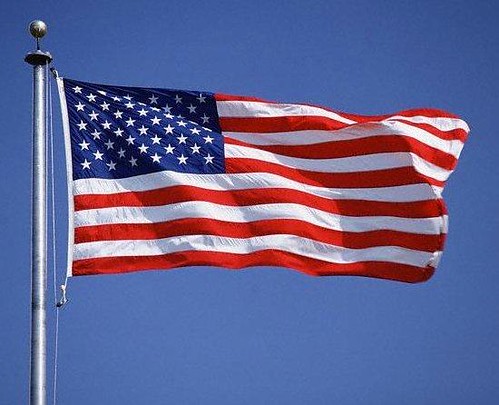
12. **US Geopolitical Interventions: A Complex Global Role**The United States played a highly active and often controversial role on the global stage during the 1980s, engaging in a series of complex geopolitical interventions. These actions, frequently framed as efforts to oppose the spread of communism and combat the illicit drug trade, had far-reaching consequences across Central and South America and beyond, defining a significant aspect of US foreign policy during the Cold War’s final stretch and shaping regional destinies.
One notable area of focus was Latin America, where the US engaged in both direct and indirect conflicts. For instance, the US government supported Colombia’s fight against its massive illicit cocaine-trafficking industry. More controversially, it provided support to right-wing military governments during the Salvadoran Civil War, an involvement that drew sharp criticism after the horrifying El Mozote massacre in 1981, where US-trained Salvadoran paramilitaries killed 1000 civilians. It was a period marked by tough choices and tragic outcomes, leaving a complicated legacy.
Further interventions included the 1983 invasion of Grenada, undertaken with members of the Organisation of Eastern Caribbean States, an action triggered by a military coup which ousted a brief revolutionary government. Later, the infamous Iran-Contra affair erupted in 1986, involving US interventionism to support the Contras in Nicaragua. This complex scandal involved US government members being indicted, highlighting the secretive and often debated nature of these operations.
The decade culminated with US military action against Panama in December 1989 to overthrow dictator Manuel Noriega, which tragically resulted in 3,500 civilian casualties but ultimately restored democratic rule. Additionally, the United States launched an aerial bombardment of Libya in 1986 in retaliation for Libyan support of terrorism. These events collectively underscore a period of intense and often debated American involvement in global affairs, reflecting its superpower status and its efforts to project influence.

13. **The Fall of the Berlin Wall: A Symbol of Freedom**Few images encapsulate the spirit of change and the dramatic conclusion of the Cold War quite like the fall of the Berlin Wall in 1989. It wasn’t just a physical barrier coming down; it was a profound symbol of collapsing communist regimes and the enduring human desire for freedom. This momentous event truly signaled a seismic geopolitical shift that reshaped the map of Europe and the world, and indeed, history itself.
Throughout the late 1980s, populations in Eastern Europe had grown increasingly hostile towards their communist governments, which were seen as repressive and economically stagnant. Mikhail Gorbachev’s “glasnost” and “perestroika” reforms in the Soviet Union had already started to loosen the grip of the Communist Party, legalizing dissent and sanctioning limited forms of capitalism. This created an environment where the desire for democratic renewal could flourish, leading to widespread political reforms and a sense of growing possibility.
By 1989, this growing unrest erupted into the Revolutions of 1989, which saw the overthrow or attempted overthrow of numerous communist-led governments across Eastern Europe, including in Hungary, Czechoslovakia (the “Velvet Revolution”), and Poland. People were taking to the streets, demanding change and an end to decades of authoritarian rule. It was a powerful, almost unbelievable surge of popular will.
And then, the impossible happened. The destruction of the 155-kilometer Berlin Wall at the end of that incredible year was the ultimate act of defiance and liberation, literally tearing down a symbol of division. This pivotal moment paved the way for German reunification in 1990 and ultimately signaled the formal end of the Cold War in the early 1990s, ushering in a new era of international relations and hope for a unified Europe. It was a truly epic moment that defined the end of an era.
Read more about: Totally Rad or Totally Retrograde? 15 Wild ’80s Moments That Were Basically Forgotten Comedy Gold

14. **Decolonization’s Final Chapters: New National Identities**While much of the major decolonization movements occurred in previous decades, the 1980s still saw significant moments where nations asserted or formalized their independence, further shaping the global political landscape and solidifying new national identities. It was a period where colonial ties were definitively severed, giving rise to stronger, self-governing states, particularly within the Commonwealth realms, demonstrating the ongoing shift in global power dynamics.
For instance, several former British colonies formalized their full independence from the United Kingdom. Canada achieved official independence with the Canada Act 1982, effectively severing all remaining political dependencies, though the Queen remained Head of State. This was a crucial step in defining a fully independent Canadian identity on the world stage.
Similarly, Australia gained full independence with the Australia Act 1986, removing the last powers of the British government over Australia, including appeals to the Privy Council. New Zealand also saw its government fully separated from the influence of the UK Parliament with the Constitution Act 1986. These legislative acts marked the culmination of decades of evolving sovereignty for these nations, solidifying their distinct national characters.
Beyond these larger nations, several smaller countries also gained their independence during this era. Vanuatu achieved independence from its British/French condominium in 1980, Kiribati from joint US-British government in 1981, and Palau from the United States in 1986. Zimbabwe became independent from official colonial rule of the United Kingdom in 1980. Other Caribbean nations like Antigua and Barbuda (1981), Belize (1981), and Saint Kitts and Nevis (1983), alongside Brunei (1984) in Southeast Asia, also celebrated their newfound sovereignty, marking important milestones in their national journeys and contributing to a more diverse global community.
And there you have it – the 1980s wasn’t just a decade of iconic music videos and questionable fashion choices. It was a crucible of profound global shifts, from the terrifying shadows of terrorism and the heartbreak of disaster to the dazzling leaps of scientific discovery and the inspiring roar for freedom. These 14 events, taken together, paint a vivid picture of a world in flux, constantly evolving and setting the stage for everything that came after. The reverberations of the ’80s are still felt today, proving that this decade truly delivered a relentless stream of events that changed everything!



